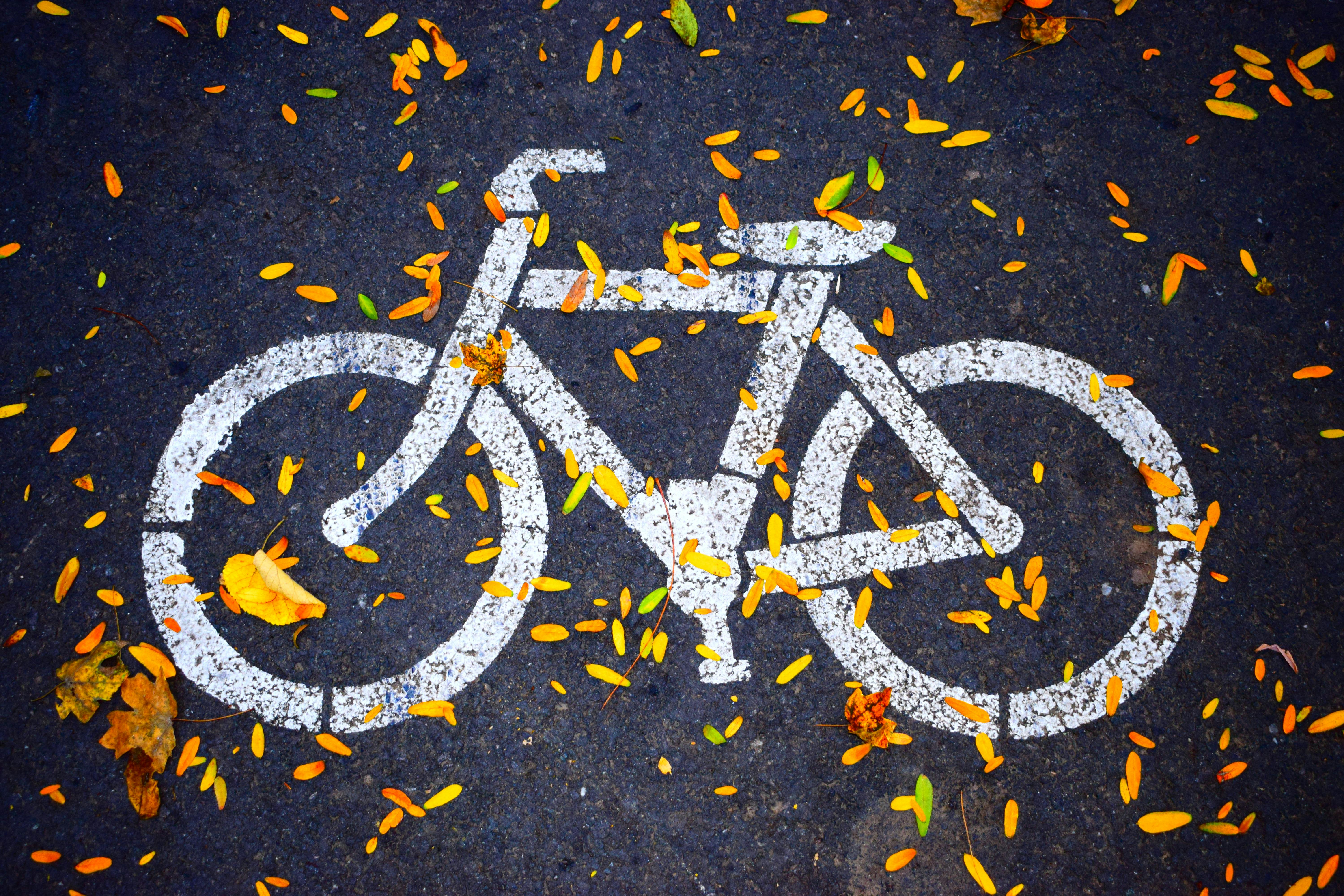Cycling Gloves: Types, Benefits, and How to Choose
Cycling gloves protect hands, improve grip, and can reduce fatigue on short commutes or long rides. They come in different styles and materials to match riding conditions, from warm mountain trails to hot urban commutes. Understanding how padded gloves, fingerless gloves, and full finger gloves differ helps you pick the right pair for comfort and control on your bicycle.

This article is for informational purposes only and should not be considered medical advice. Please consult a qualified healthcare professional for personalized guidance and treatment.
Why wear cycling gloves?
Cycling gloves serve several practical purposes beyond simple comfort. They cushion the hands against road vibration, protect skin during a fall, and help maintain grip when hands sweat. Gloves also reduce pressure on nerves in the palm, which can lower the risk of numbness on longer rides. Materials and construction—such as breathable mesh backs and reinforced palms—affect how well gloves perform in heat, cold, or wet conditions. Choosing the right size and fit ensures they support control and reduce hotspots rather than causing additional discomfort.
What do padded gloves do?
Padded gloves include extra cushioning in the palm to absorb impacts and vibrations from the road or trail. Padding varies in thickness, shape, and material—gel, foam, or specialized inserts—and is placed to protect pressure points that contact handlebars and brake levers. While padding improves comfort, too much cushioning can reduce tactile feedback and fine control. For long rides or rough surfaces, padded gloves can reduce hand fatigue and soreness. Consider the type of riding and handlebar width when selecting padding level so braking and gear changes remain precise.
When are fingerless gloves useful?
Fingerless gloves, also called half-finger or short-finger gloves, leave fingertips exposed while covering the palm and part of the fingers. They are popular for warm-weather riding because they offer ventilation and preserve dexterity for operating small devices or adjusting gear without removing the glove. Fingerless gloves still provide palm protection and padding against vibration and abrasion. They are best for road cycling, commuting, and recreational rides in mild to hot conditions where fingertip protection from cold or debris is not required.
When to choose full finger gloves?
Full finger gloves cover the entire hand and are a common choice for mountain biking, colder weather, and situations where extra protection is needed. They shield fingers from branches, flying debris, and provide better insulation in low temperatures. Some full finger designs use thinner, grippy materials on the fingertips to retain control and tactile feedback for braking and shifting. Waterproof or windproof liners extend their usefulness in wet or windy conditions. If you frequently ride in variable weather or technical terrain, full finger gloves can improve safety and comfort.
How gloves affect bicycle control and comfort
Gloves influence both handling and rider comfort. A secure grip prevents hands from slipping during braking or when riding out of the saddle, which makes steering and braking more predictable. Breathable fabrics wick sweat to prevent slippery palms, while textured or silicone-grip zones increase friction where the hands contact bars. Properly sized gloves keep padding aligned with the palm’s pressure points to avoid rubbing and blisters. Consider handlebar type—drop bars, flat bars, or ergonomic grips—since glove padding and shape interact with how you hold the bicycle.
Care, fit, and choosing the right glove
A correct fit is essential: gloves should feel snug without compressing blood flow and should leave no loose material that can bunch. Measure hand width and follow manufacturer sizing charts; try gloves on with the cycling position you use to ensure comfort. For care, wash according to label instructions—many synthetic gloves can be hand-washed or machine-washed on a gentle cycle, then air-dried. Inspect gloves for wear in high-friction areas and replace them if padding compresses or seams fail. For specialized needs—such as medical padding or custom fit—local services and bike shops can offer professional advice and fitting.
Conclusion
Selecting cycling gloves involves balancing protection, comfort, and tactile control for the kind of riding you do. Padded gloves reduce vibration, fingerless gloves boost ventilation and dexterity, and full finger gloves increase protection and warmth. Accurate sizing, appropriate padding, and material choices help maintain grip and reduce fatigue on your bicycle, making rides safer and more comfortable across conditions.






